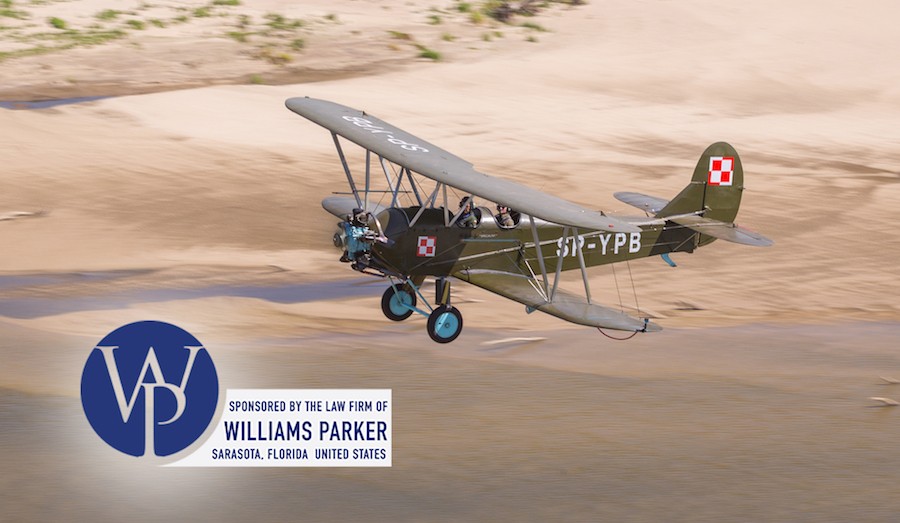From the Cockpit Part 31: Polikarpov Po-2
Todays News
SRQ DAILY FRESHLY SQUEEZED CONTENT EVERY MORNING
THURSDAY AUG 3, 2017 |
BY PHILIP LEDERER
Pictured: Ryan Rankin flies the Polikarpov Po-2. Image courtesy of Ryan Rankin.
Editor’s Note: This is part 31 of an ongoing series documenting the flights of active-duty US Navy Pilot Ryan Rankin on his journey to fly 52 planes in 52 weeks through the year 2017.
It’s the height of World War II and on the Eastern Front the German soldiers sleep restlessly, awaking in the night and straining their ears in the darkness for an enemy they’ll never hear coming—the Night Witches.
Officially referred to as the 588th Night Bomber Regiment, soldiers in the German army dubbed the Soviet Air Force’s all-female flyers the Night Witches due to their terrifying and innovative method of attack. Flying the Polikarpov Po-2, an obsolete wood-and-fabric biplane clearly outstripped by the Luftwaffe’s Messerschmitts and Focke-Wulfs, the pilots approached their targets low on the treeline in the dead of night, before ascending and then idling the engine for a fierce—and silent—bombing run. With only the whistle of the air through the biplanes’ struts as warning, surviving soldiers on the receiving end likened the sound to the rush of witches’ broomsticks overhead.
Stepping into the cockpit of a Po-2 more than 70 years later, Rankin finds the aircraft “surprisingly nimble for such a big airplane.” And it would have to be. Unable to match the Luftwaffe’s pilots for speed or power, the Night Witches relied on the Po-2’s exceptional maneuverability to evade enemy fire, and turned the aircraft’s obsolescence to their advantage, moving so slowly that the German fighters would stall if they matched speed to line up a shot. Historians estimate the regiment flew more than 24,000 missions and dropped 23,000 tons of bombs.
Flying over the Vistula River just south of Warsaw, Rankin’s flight is not quite so militant in nature, but rather a picturesque cruise over Polish countryside. With a co-pilot unable to speak English and Rankin’s skills in Polish hovering around zilch, the pair communicate in the universal pilot language of “shake to take, push to pass.” While his guide flies the plane, Rankin will give the stick a little shake when he wants to fly—“Just vibrate it a little in my hand,” he says, “and he’ll feel that”—and when he’s ready to give it up, he’ll push it forward, signaling that he’s ready to relinquish control.
Soaring over the countryside in an open-canopy biplane, conversation is nonexistent, but that’s just fine with Rankin, who’s transported back to his childhood dreams and the image he held in his head of what flying would be. It wasn’t high-tech fighter jets or supersonic experiments, but the classic biplane and the begoggled and brave pilots leading the way. “This was as close to that picture I had as a kid as I’ve experienced,” he says. “You don’t want to spoil the moment with words.”
For more about the flight in Rankin's own words and a video of the flight, follow the link below.
Pictured: Ryan Rankin flies the Polikarpov Po-2. Image courtesy of Ryan Rankin.
« View The Thursday Aug 3, 2017 SRQ Daily Edition
« Back To SRQ Daily Archive












